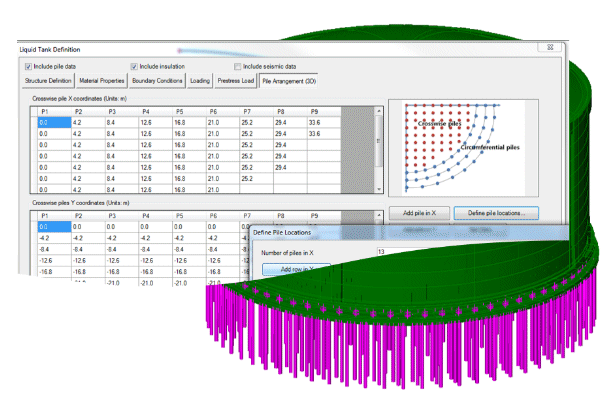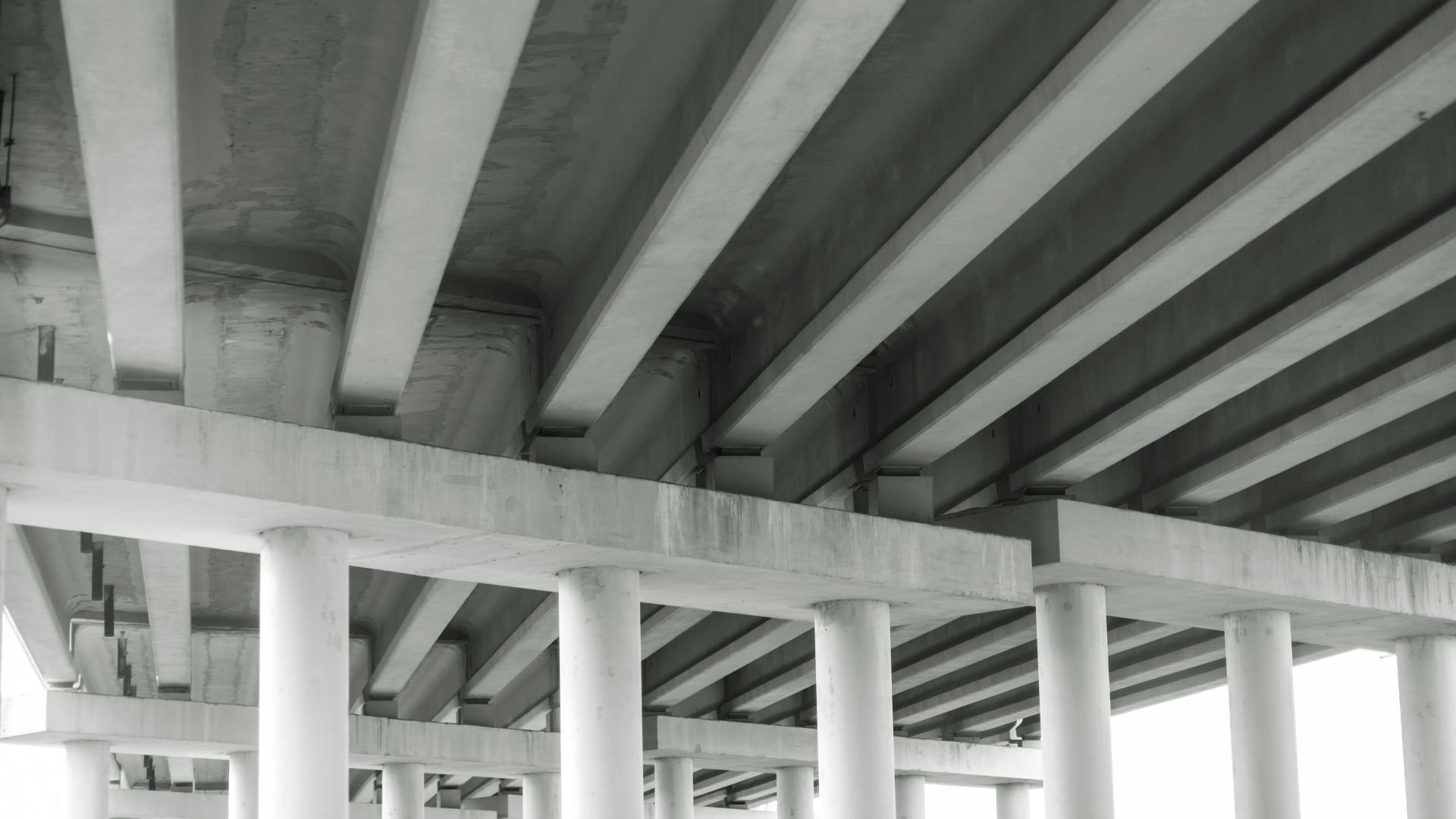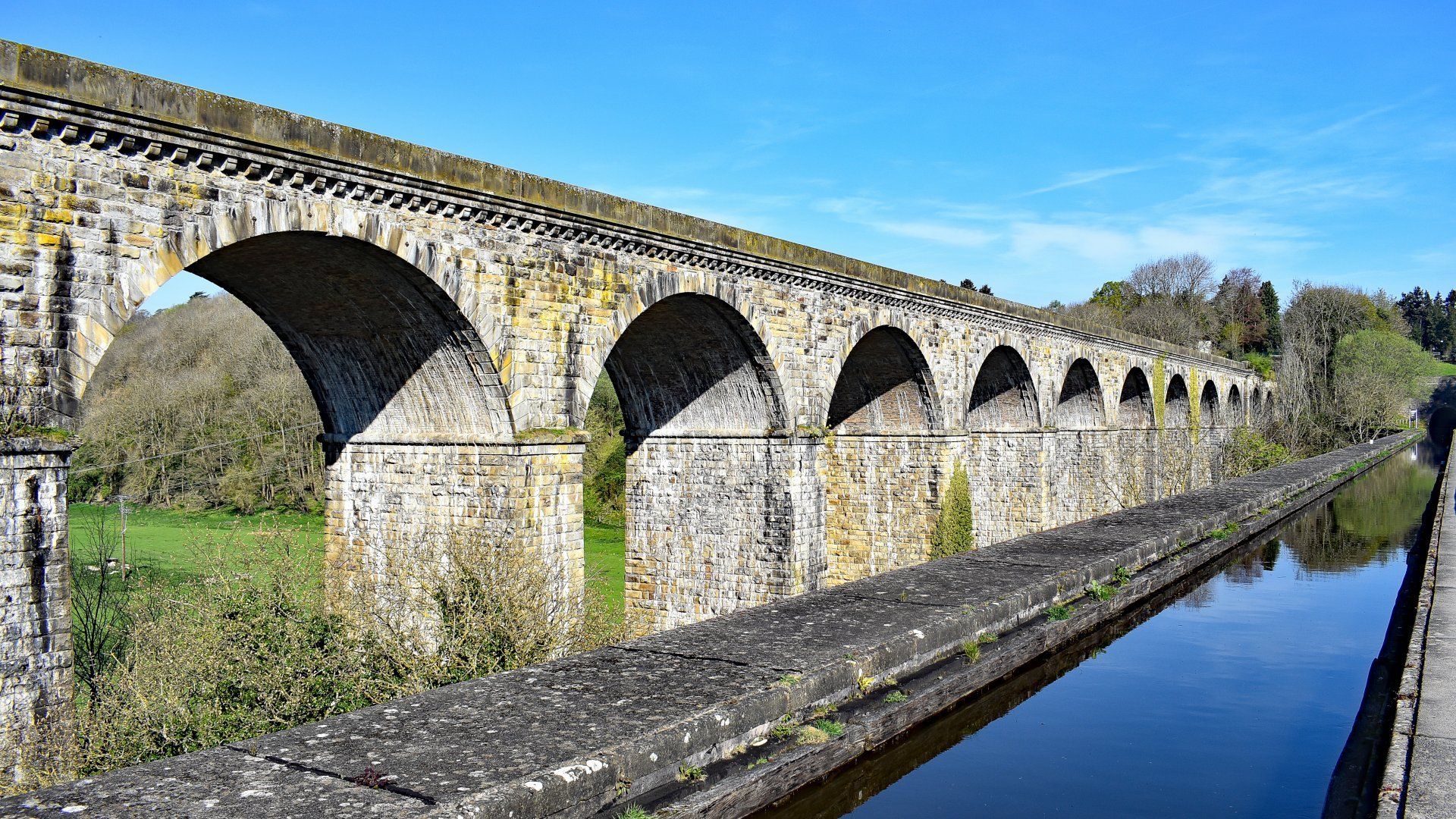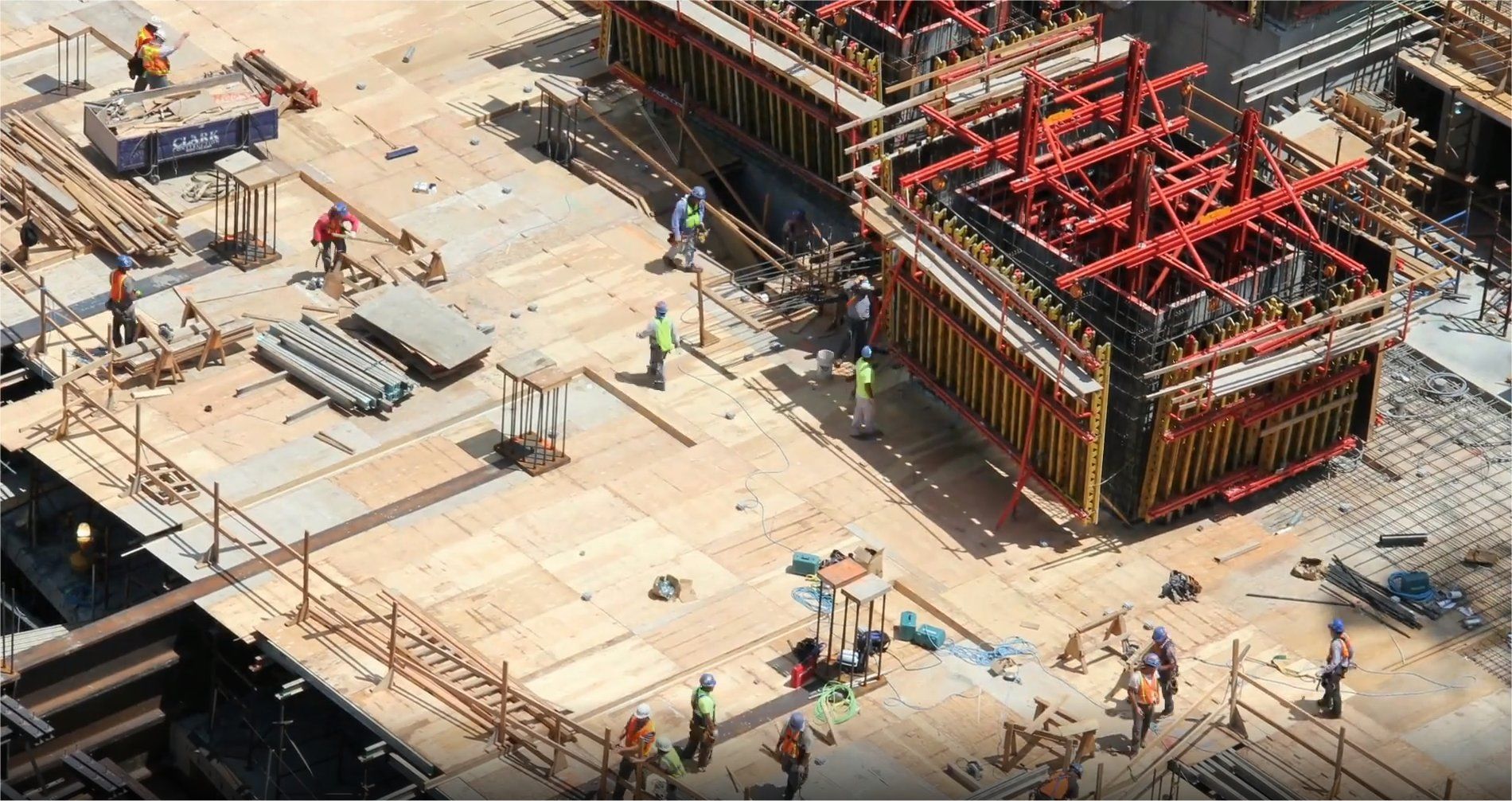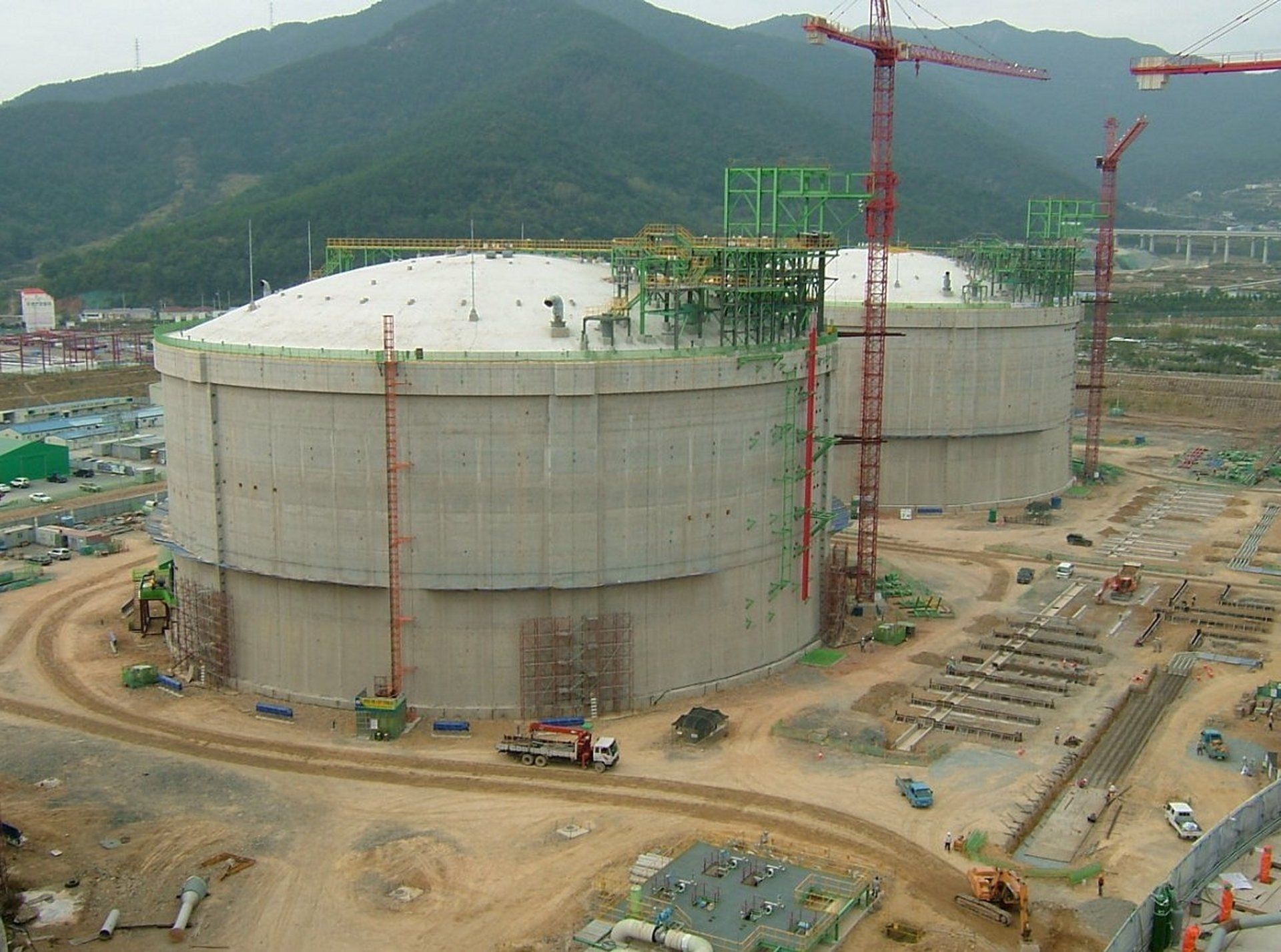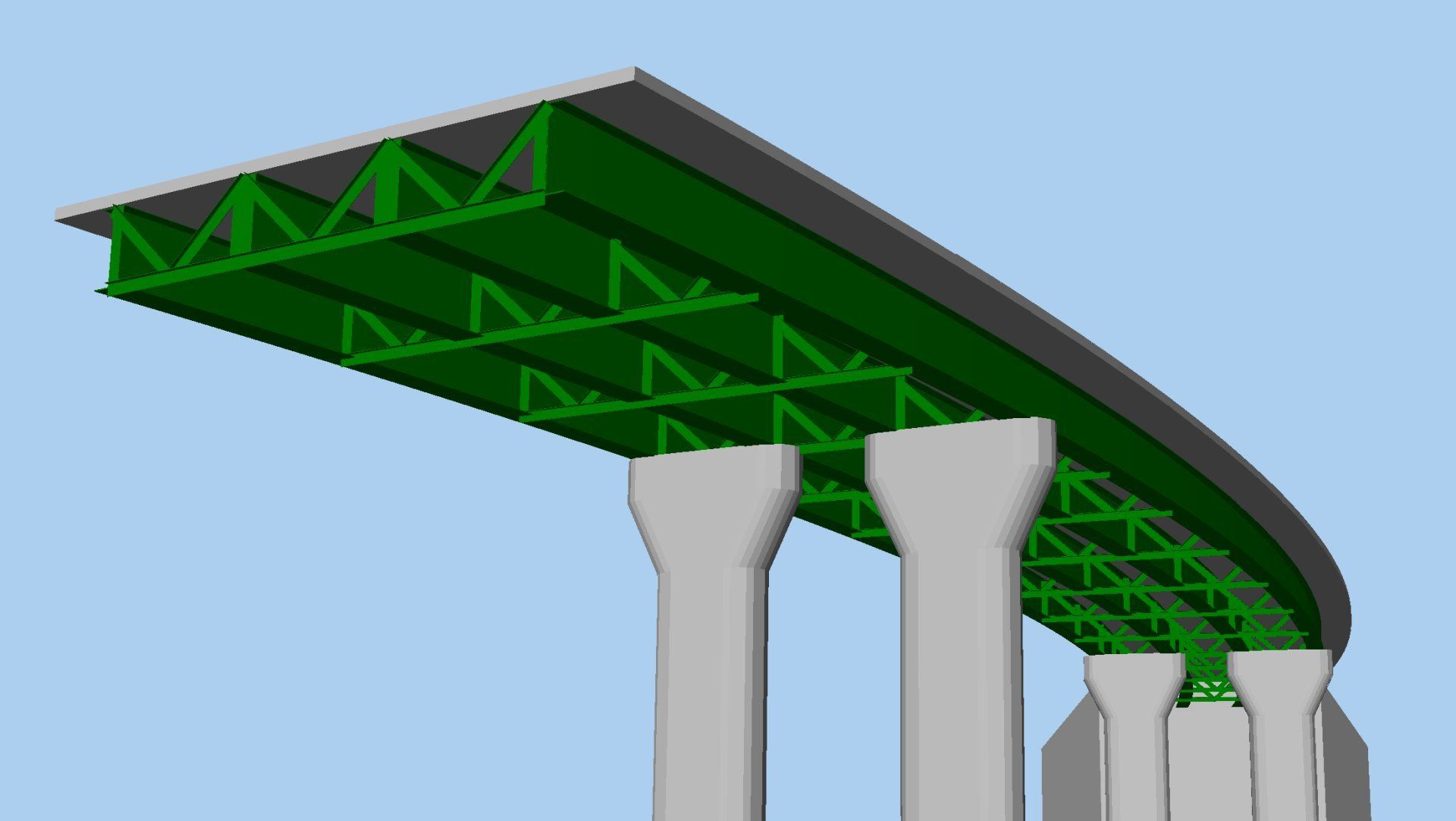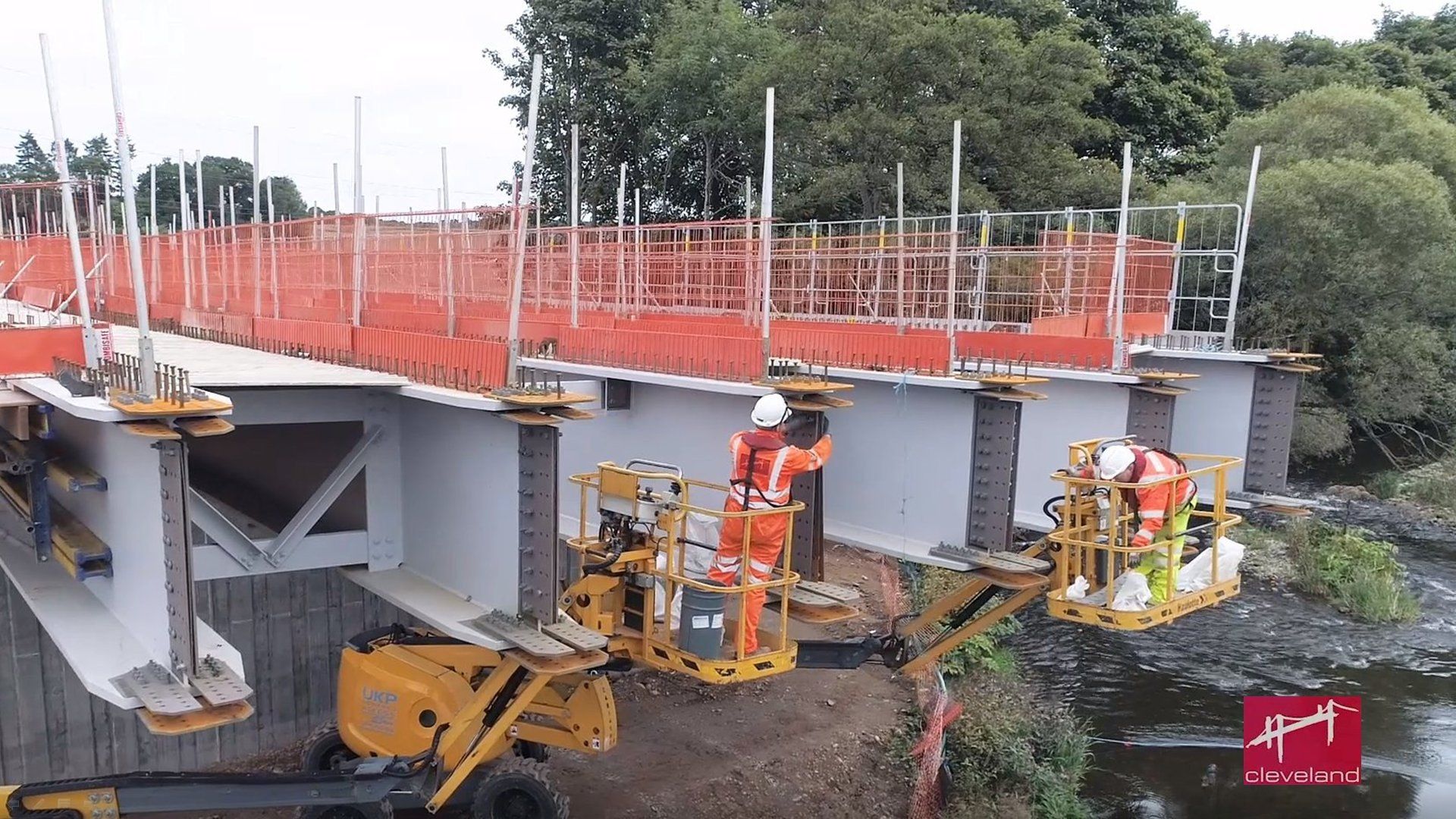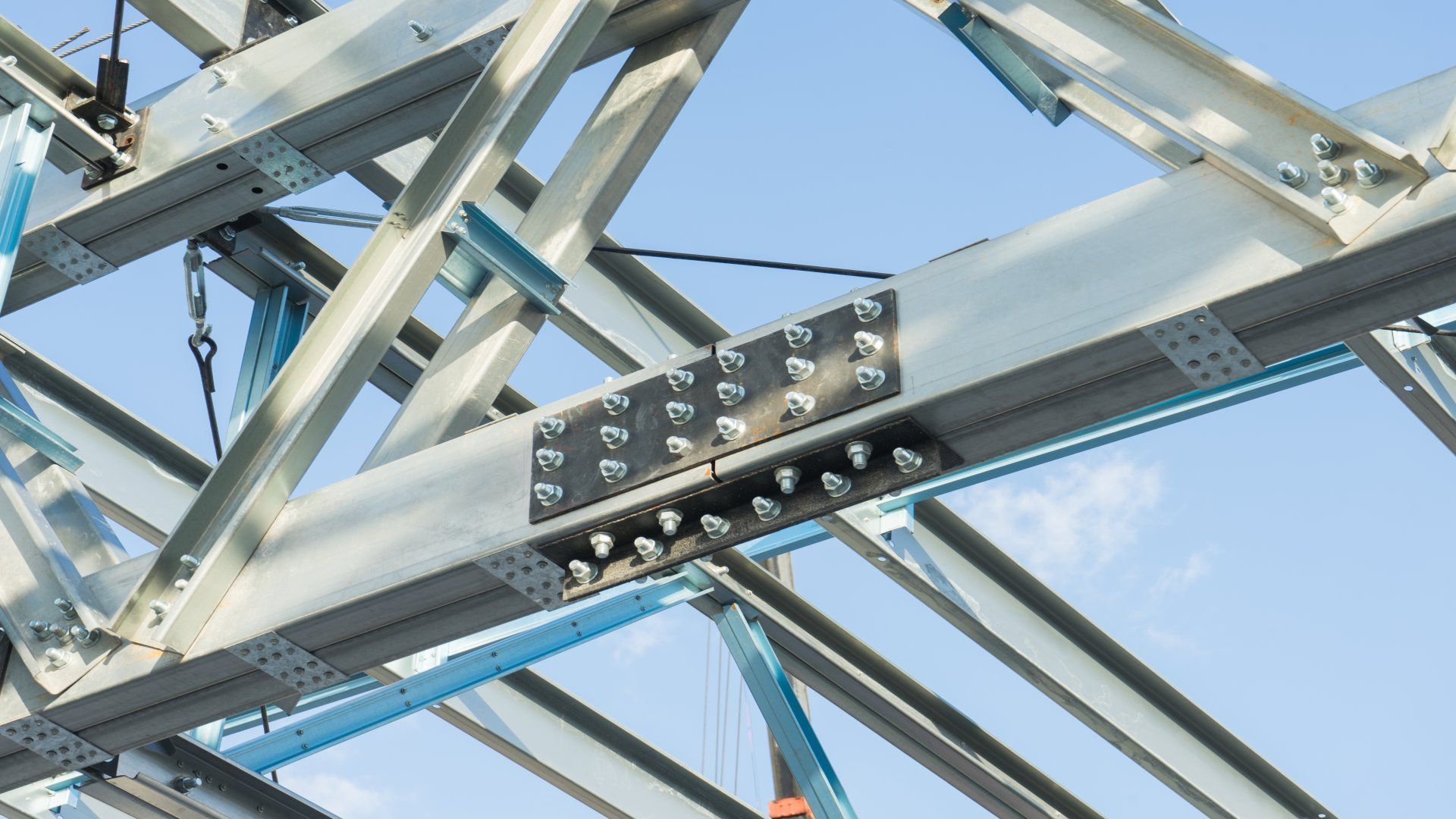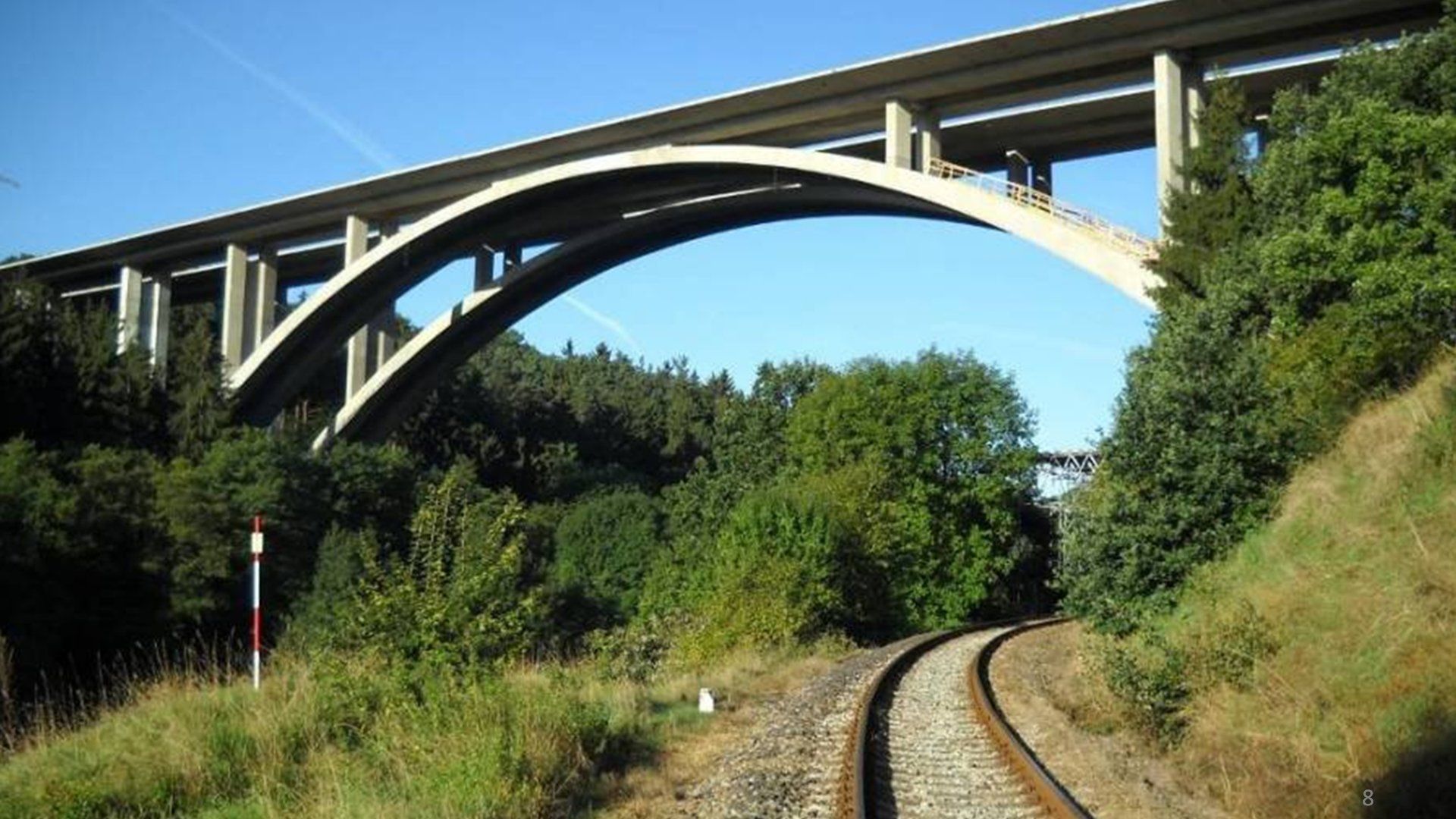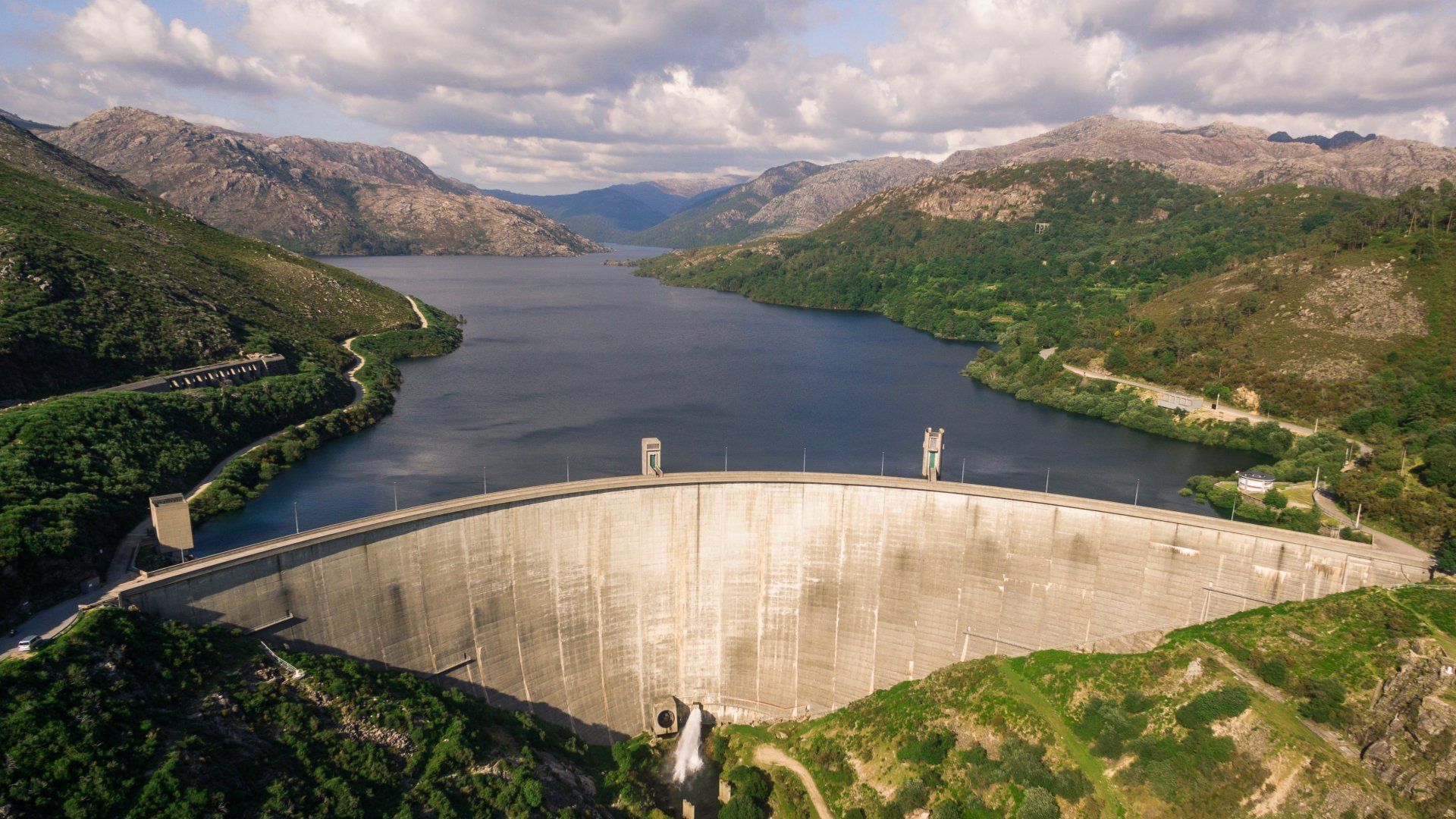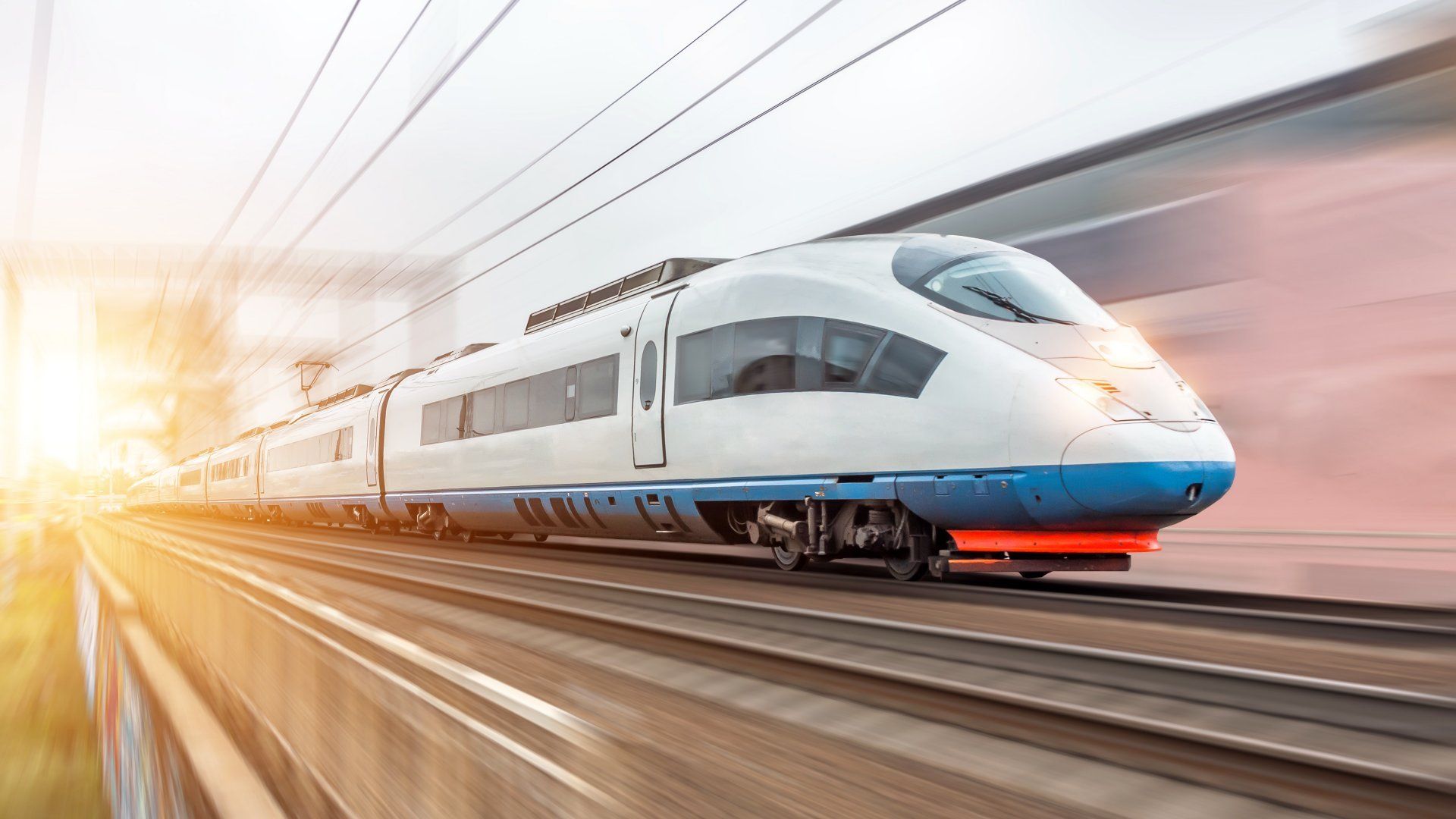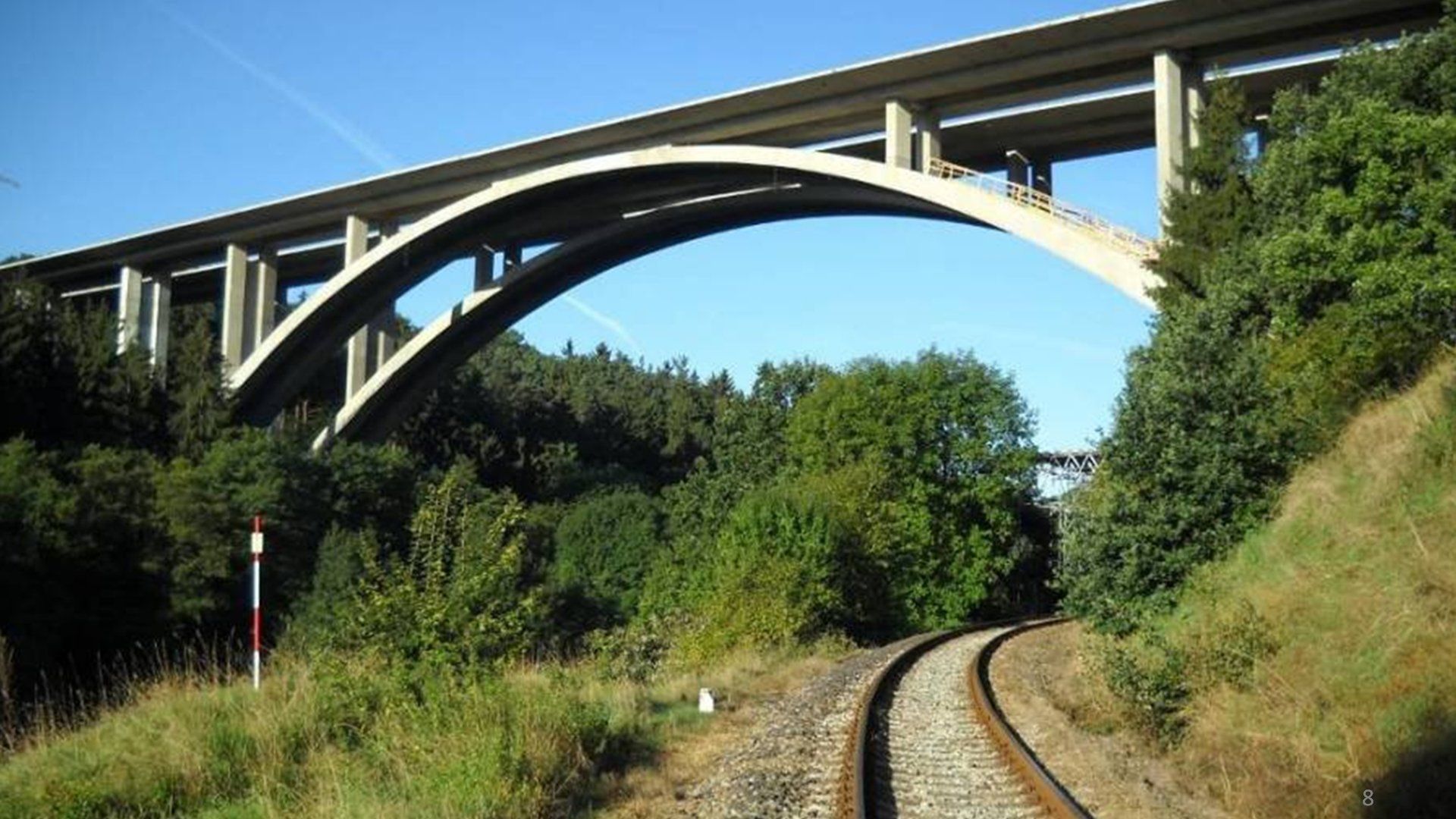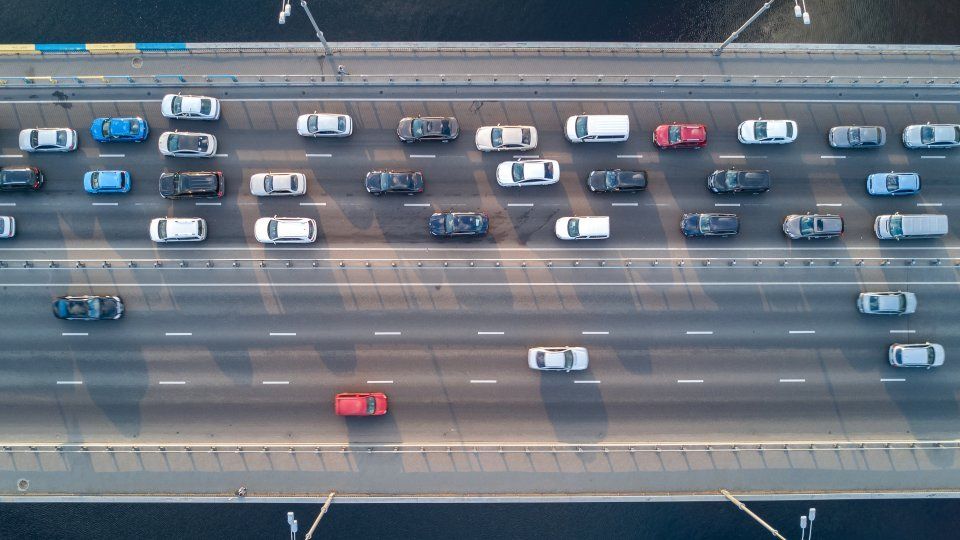More Applications in Version 20
Version 20 provides:
- Quicker and easier modelling, above or below ground
- Easier definition of soil layers for the piles in your model and p-y curves to international codes.
- Improvements for LNG tanks, Rail track-structure interaction, tension membrane structures and bridges - there are improvements across the board.
New features and enhancements for selected applications
p-y curves for soil-structure interaction
Easily include piles in a holistic model of your structure. Our straightforward all-new facility offers all the soil types and options for p-y curves (and corresponding t-z and Q-z curves) from DNV-OS-J101, ISO 19902, JTS 167-4-2012 or the API Recommended Practice (WSD).
Define layers of soils and assign them, using convenient reference systems across your model. Handle open or closed pile sections, driven or bored and those with cyclical loading schemes.
Able to operate in full 3D, the new tools are a game changer.

Tension membrane behaviour
Long renowned for our nonlinear and dynamics capabilities, the extension of geometric nonlinearity to our membrane elements makes analysis of structure with a tension fabric component a breeze. Any structure: one solution.

Rail track-structure analysis
We’ve taken the limits off one of our long-established bridge engineering tools with the second in a series of upgrades to the Rail Track Analysis system working to UIC774-3.
Viaducts with an unlimited number of spans, an unlimited number of tracks, mixed steel and concrete structures and different ballast behaviours can now be handled in a single analysis.
Like any automated tool in LUSAS, if there’s any modification you need to meet project requirements, the system is fully flexible for you to make those changes. Well worth another look if you haven’t stayed up-to-date with the tool in the last few years.


